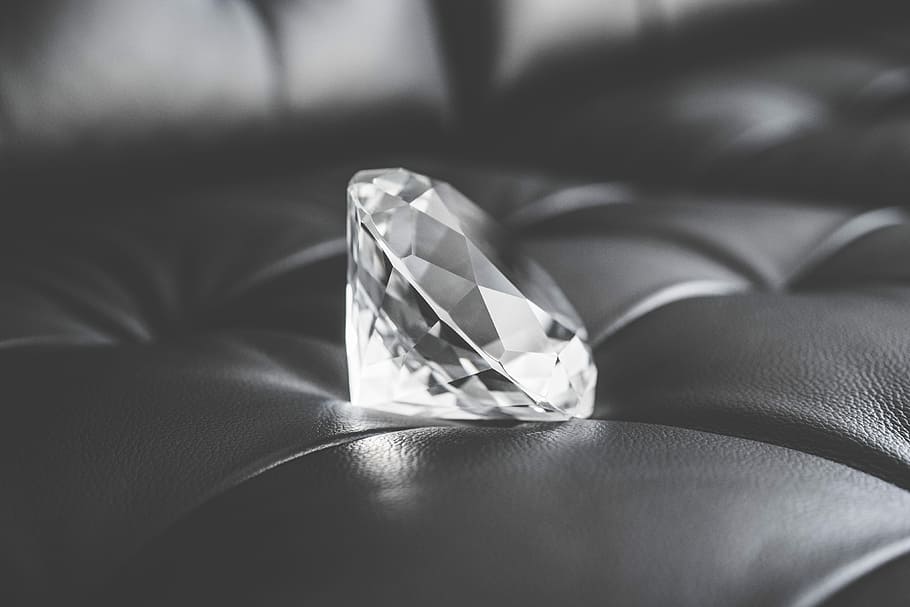
The 4 C’S For A Diamond – Assessing The Quality
When buying a diamond, having an idea about how to determine its value is imperative. This knowledge can save you from getting ripped off as well as help you to select the best stone out of many options. In this article, I will explain the 4 c’s for a diamond which is the framework to determine the value of a diamond.
The 4 c’s for a diamond are Cut, Color, Clarity and Carat weight. A combination of these factors contributes to the beauty of a diamond. Unlike for other gemstones, the “Cut” is the most important when comes to diamonds. It has a great impact on the brilliance of a diamond.
( Note – How the 4 c’s are used to analyze emeralds and sapphires can be found here. Emeralds, Sapphires)
A diamond with the correct balance of 4 c’s will give you the best value for your money depending on your requirement. Each of these 4 c’s are graded in standard scales and hence the evaluation of diamonds are much easier compared to other gemstones. But one important point to remember is, although global standards and terminology exists, grading can vary depending on the entity which does it. GIA and AGS are two entities which you can rely upon to get an accurate certificate. If you are presented with a certificate from a different entity, it is better to do some background checking into that entity to assess its reliability.
Cut
As the beauty of a diamond is significantly impacted by its cut, it is important to know how to analyze the quality of a cut in a diamond. Fortunately, GIA grades Diamond cut on the scale of ideal, excellent, very good, good, fair and poor.
Diamond’s angles, proportions, brilliance, symmetry of facets, fire, scintillation, weight ratio, durability, and finishing are considered when grading a diamond. A detailed description of how these factors affects the quality of a diamond can be found in this article by GIA.
The quality of a cut depends on the diamond cutter. Getting the best proportions, angles, shape and other factors is an art and it requires experience as well. If the depth of the diamond is either too high or too shallow, light reflection will not be optimal. Cutter should also try to minimize the impact of inclusions to the final stone.
Even though the most popular shape for diamonds is the round shape, there are many other shapes as well.
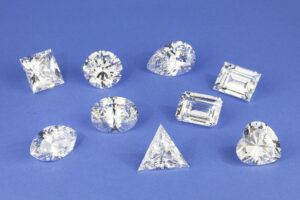
Color
Color of diamonds are also graded and the GIA scale is from D-Z. D is the most colorless and Z is for diamonds with a higher yellow tint.
You can view the interactive GIA diamond color grade here.
The prices can vary significantly based on the color grading. Sometimes the color difference is hardly noticeable but the price difference certainly is.
The above color grading is only for colorless diamonds and the same cannot be applied to colored diamonds. Colored diamonds are much rarer than traditional colorless diamonds. These are also gaining popularity and pink, black, yellow, brown, blue, red and green are some other colors of diamond. Out of these, yellow and brown are the most common while the rest is even rarer.
Grading of these colored diamonds will be discussed in another article.

Clarity
The presence of inclusions and blemishes in a diamond is reflected in clarity. Unlike in the case of colored gemstones, there is a standard grading system for the clarity of a diamond. Following is the clarity grade by GIA.
- FL (Flawless)
- IF (Internally Flawless)
- VVS1 (Very, Very Slightly Included 1)
- VVS2 (Very, Very Slightly Included 2)
- VS1 (Very Slightly Included 1)
- VS2 (Very Slightly Included 2)
- SI1 (Slightly Included 1)
- SI2 (Slightly Included 2)
- I1 (Inclusions 1)
- I2 (Inclusions 2)
In the presence of inclusions, the brilliance can be affected as the light reflections are interfered.
This grading might look overwhelming and too technical.
Therefore, as long as the diamond is eye clean (That is, no visible inclusions or blemishes to the naked eye) and the brilliance of the stone is not reduced, you should not worry too much about the specific grading. But if you are very concerned about the clarity, pay attention to the grading in the certificate.
Carat Weight
The weight of the stone is given by the number of carats and 1 carat is equal to 0.2 grams. Although the size of the stone is reflected on the weight, depending on the cut, appearance of the size of the stone can vary.
How To Evaluate A Diamond?
Since now you have a good understanding about the 4 c’s for a diamond, you can try to put this knowledge into practice. Go through several diamonds which are available online and see how these actors have affected the price. For this exercise purpose, you should stick to one seller as the price can change from seller to seller as well.
But how each of these factors matters for the purchase really depends on the personal choice. One might prefer the cut over color and another might give higher preference to the color. As a general rule, cut is the most important out of the 4 c’s for a diamond.
Look for a diamond where the cut is great and the brilliance is high, color is not affected by a yellow tint, stone is free from visible inclusions or inclusions which reduce the brilliance and with the weight you prefer the stone to be. When all the other factors fall in line, be prepared to compromise on the weight factor.
Final Thoughts
The objective of this article was to give a basic understanding to the 4 c’s of a diamond. A proper knowledge of this 4 c’s framework is essential in the correct evaluation of a diamond. I have linked some resources from the GIA official website in this article and those will help you to get an in-depth understanding of this 4 c’s framework. Use this framework to compare the prices on an online store as I suggested earlier and that will give you some hands on experience in applying it practically.
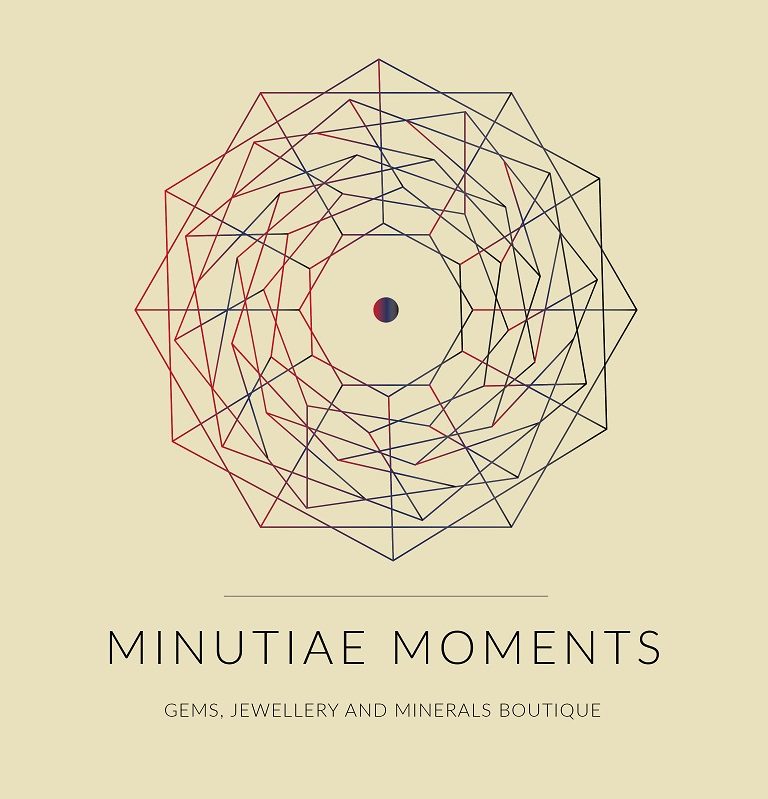
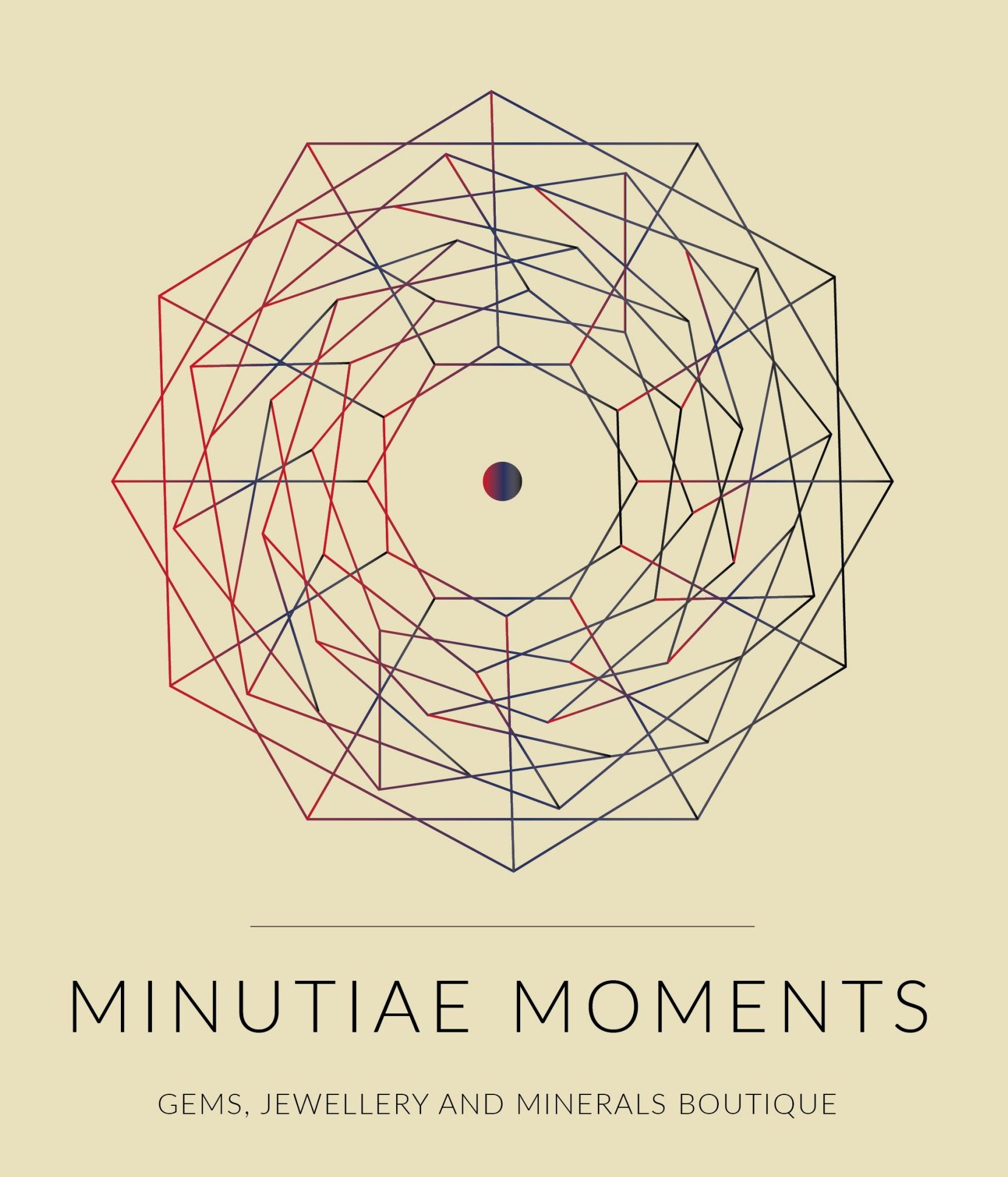
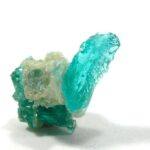
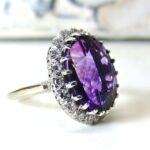
This is very interesting. For anyone who likes diamonds but like me, didn´t know anything about the 4 C´s before, this is a very informative piece. Thank you for taking the time to share this information.
Thank you Susan. Glad to see that you liked the article.
This is great information on the 4 c’s of a diamond. I learned these when I was purchasing a highly expensive diamond. I believe if you want a great certified diamond then it is definitely pertinent to know the history of your diamond or the diamond you are searching for. As stated diamonds are a girls best friend so if you want something you know is real always remember what you pay for is what you get. Do your research to know what exactly you have.
Hey Kris,
Thank you for your thoughts. Yes, you should definitely do a proper research before buying such an expensive product.